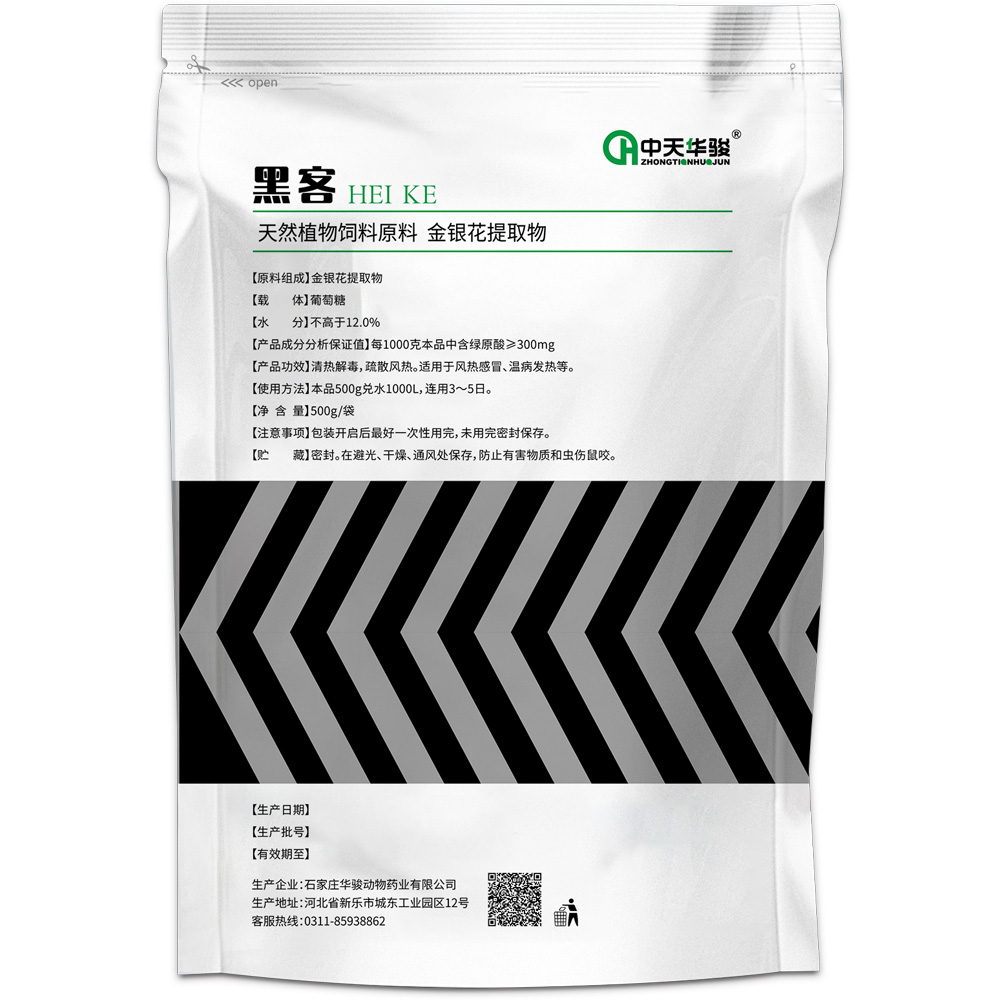
أكتوبر . 19, 2024 09:10 Back to list
beta-adrenergic agonist
The Role of Beta-Adrenergic Agonists in Medicine
Beta-adrenergic agonists, often referred to as beta agonists, are a class of medications that play a pivotal role in various medical conditions, particularly in the fields of cardiology and respiratory medicine. These drugs are designed to stimulate beta-adrenergic receptors, which are part of the autonomic nervous system. The stimulation of these receptors leads to a variety of physiological responses that can benefit patients suffering from conditions such as asthma, chronic obstructive pulmonary disease (COPD), and certain heart conditions.
Mechanism of Action
Beta-adrenergic receptors are classified into three main subtypes beta-1, beta-2, and beta-3. Each subtype has different locations and functions within the body. Beta-1 receptors are primarily found in the heart and their stimulation increases heart rate and contractility. This is particularly beneficial in conditions like heart failure where improved cardiac output is necessary.
Beta-2 receptors, on the other hand, are predominantly located in the lungs, vascular smooth muscle, and the gastrointestinal tract. Activation of these receptors leads to bronchodilation, making beta-2 agonists essential in the management of asthma and COPD. By relaxing the smooth muscles of the airways, these drugs facilitate easier breathing and help to alleviate symptoms such as wheezing and shortness of breath.
Clinical Applications
1. Respiratory Conditions Beta-2 agonists are often categorized into short-acting and long-acting agents. Short-acting beta agonists (SABAs), such as albuterol and levalbuterol, provide quick relief from acute asthma attacks. They are typically used as rescue inhalers. Long-acting beta agonists (LABAs), such as salmeterol and formoterol, are utilized for their sustained effect, often in conjunction with inhaled corticosteroids for chronic management of asthma and COPD.
beta-adrenergic agonist

2. Cardiovascular Diseases Beta-1 agonists are especially crucial in the treatment of certain cardiac conditions. In acute settings, drugs like dobutamine can be administered to patients with heart failure or cardiogenic shock to enhance myocardial contractility and cardiac output. However, it is essential to monitor the dosage and patient response, as overstimulation can lead to adverse effects such as tachycardia.
3. Obesity and Metabolic Disorders Emerging research has also explored the role of beta-adrenergic agonists in managing obesity and metabolic disorders. Activation of beta-3 receptors, which are mainly found in adipose tissue, can promote lipolysis (the breakdown of fat) and thermogenesis. Although not yet widely utilized in clinical practice, beta-3 agonists are being studied as potential treatments for obesity by harnessing the body's metabolic pathways.
Side Effects and Considerations
While beta-adrenergic agonists provide significant benefits, they are not without side effects. Common adverse effects include tremors, tachycardia, and palpitations, which stem from the systemic activation of beta receptors. In patients with cardiovascular conditions, caution is warranted, as excessive stimulation of beta-1 receptors can exacerbate heart issues. Moreover, prolonged use of beta-2 agonists, particularly in higher doses, may lead to tolerance, reducing their efficacy over time and necessitating a careful reevaluation of treatment strategies.
Conclusion
Beta-adrenergic agonists are valuable tools in modern medicine, offering substantial benefits for managing various health conditions. Their ability to target specific receptors allows for tailored treatments that can alleviate symptoms and improve quality of life for patients with respiratory and cardiovascular diseases. However, like all medications, they require careful consideration regarding their use and potential side effects. Ongoing research continues to expand our understanding of these drugs, ensuring that they remain a cornerstone in the pharmacological management of several chronic diseases. As we advance in our comprehension and application of beta-adrenergic agonists, they hold promise not only in traditional therapies but also in innovative approaches to metabolic health and more complex conditions.
-
Top Copper Sulfate for Pond Factory & Supplier
NewsAug.13,2025
-
Leucocytozoonosis Factories: Leading Suppliers & Custom Solutions
NewsAug.12,2025
-
High-Quality Diclazuril for Effective Coccidiosis Control
NewsAug.11,2025
-
Premium Copper Sulfate for Algae & Pond | Factory Direct Supply
NewsAug.10,2025
-
Terramycin Enrofloxacin Factory - Quality Manufacturer & Supplier
NewsAug.09,2025
-
Premium Methionine Water Clarifier Factory - Direct Source
NewsAug.08,2025


